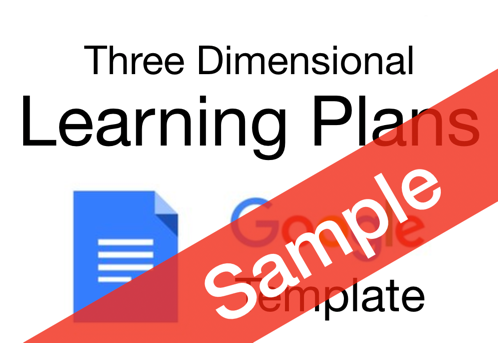MS-PS2-1: Collision Design Solution
Apply Newton’s Third Law to design a solution to a problem involving the motion of two colliding objects. (Systems and System Models)
Clarification Statement: Examples of practical problems could include the impact of collisions between two cars, between a car and stationary objects, and between a meteor and a space vehicle.
Assessment Boundary: Assessment is limited to vertical or horizontal interactions in one dimension.
Science Practices
Constructing Explanations and Designing Solutions
Disciplinary Core Ideas
PS2.A: Forces and Motion
Crosscutting Concepts
Systems and System Models
Assessments
The Wonder of Science Assessments
The following assessments were shared by teachers implementing the NGSS. Many of these are drafts and should be used accordingly. Feel free to improve these assessments or contribute your own. Learn more here.
Instructional Resources
Mini Lessons
The Wonder of Science Resources
Anchor Charts
Phenomena
Videos
Learning Plans
Storylines
Common Core Connections
ELA/Literacy
RST.6-8.1 - Cite specific textual evidence to support analysis of science and technical texts.
RST.6-8.3 - Follow precisely a multistep procedure when carrying out experiments, taking measurements, or performing technical tasks.
WHST.6-8.7 - Conduct short research projects to answer a question (including a self-generated question), drawing on several sources and generating additional related, focused questions that allow for multiple avenues of exploration.
Mathematics
6.EE.A.2 - Write, read, and evaluate expressions in which letters stand for numbers.
6.NS.C.5 - Understand that positive and negative numbers are used together to describe quantities having opposite directions or values (e.g., temperature above/below zero, elevation above/below sea level, credits/debits, positive/negative electric charge); use positive and negative numbers to represent quantities in real-world contexts, explaining the meaning of 0 in each situation.
7.EE.B.3 - Solve multi-step real-life and mathematical problems posed with positive and negative rational numbers in any form (whole numbers, fractions, and decimals), using tools strategically. Apply properties of operations to calculate with numbers in any form; convert between forms as appropriate; and assess the reasonableness of answers using mental computation and estimation strategies.
7.EE.B.4 - Use variables to represent quantities in a real-world or mathematical problem, and construct simple equations and inequalities to solve problems by reasoning about the quantities.
MP.2 - Reason abstractly and quantitatively.
*Next Generation Science Standards is a registered trademark of Achieve. Neither Achieve nor the lead states and partners that developed the Next Generation Science Standards were involved in the production of this product, and do not endorse it. Visit the official NGSS website.
























